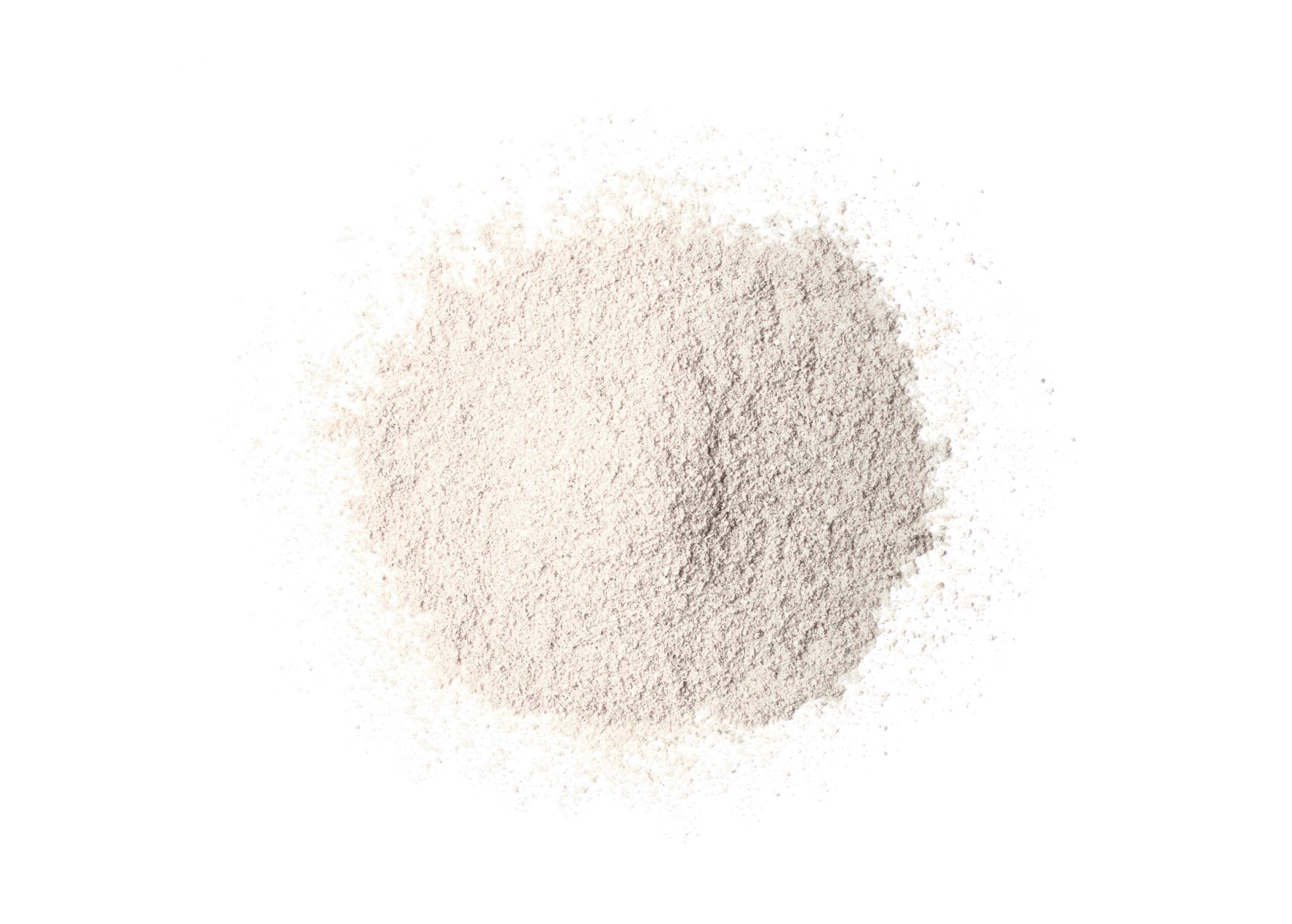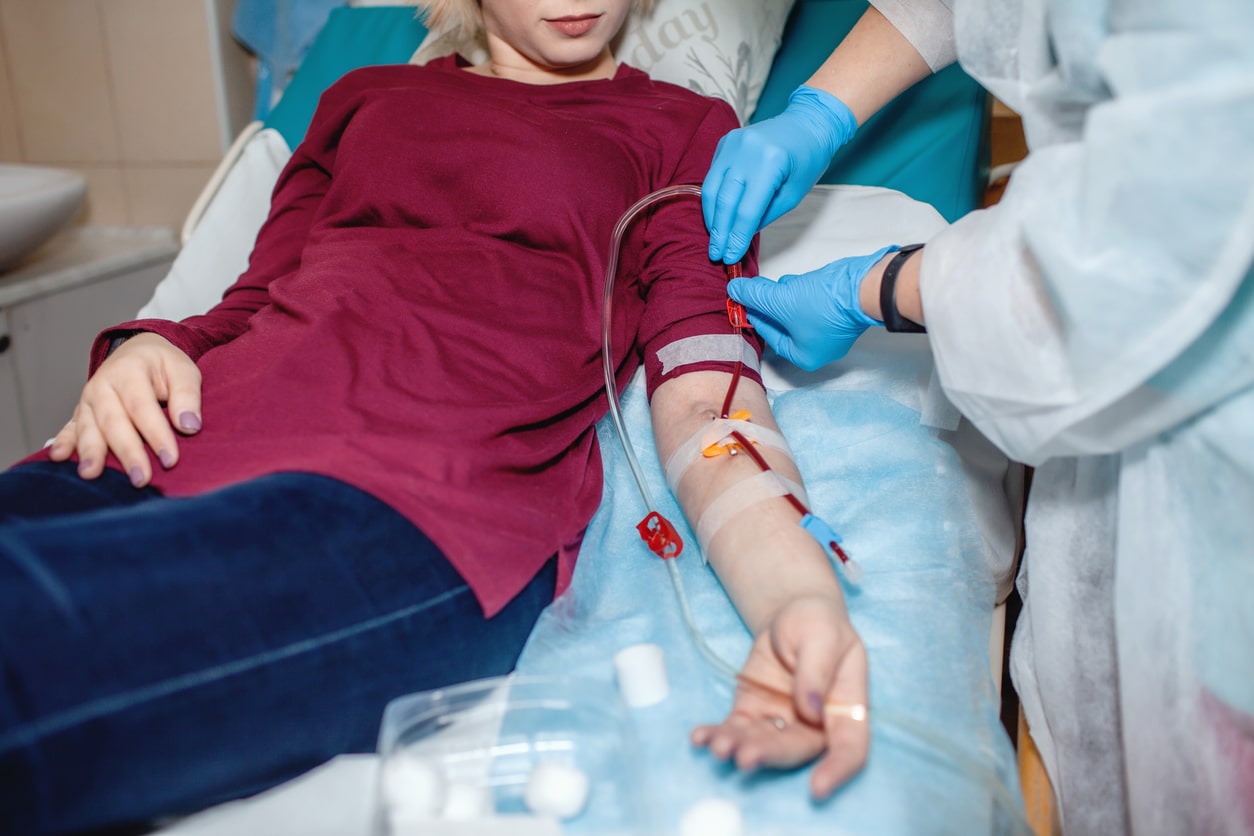
After diabetes and hypertension, glomerular diseases are the most common cause of chronic kidney disease (CKD). The GRACE-IgANI study revealed that South Asian ethnicity is associated with a more severe phenotype and rapid progression of immunoglobulin A nephropathy (IgAN), the most common primary glomerular disease among adults.
However, few academic trials have focused on long-term drug strategies to provide better IgAN outcomes in South Asia. In addition, Kidney Disease: Improving Global Outcomes guidelines do not specifically address patients with IgAN who are receiving standard-of-care (SOC) and maximally tolerated renin-angiotensin-aldosterone inhibitor (RAASi) therapy but are at high risk because they have proteinuria or renal function impairment.
Suceena Alexander and colleagues hypothesized that readily available and approved drugs— including oral steroids, gut-directed budesonide hydroxychloroquine, mycophenolate mofetil, and nonsteroidal mineralocorticoid receptor antagonists—paired with maximally tolerated RAASi and SGLT2i (SOC) could significantly improve renal outcomes among South Asian patients with IgAN.
The researchers are performing a phase IV randomized, embedded, adaptive, multi-arm multistage (MAMS) platform trial with a concurrent comparator arm and four interventional arms in two stages. Male and female South Asian adults aged 18 to 75 years are being recruited for the study. Participants must meet the following criteria for inclusion: biopsy-proven primary IgAN, receipt of the maximally tolerated dose of RAASi and SGLT2i for at least three months with a goal blood pressure of lower than 140/90 mm Hg, high risk for disease progression, baseline estimated glomerular filtration rate (eGFR) ≥25 mL/min/1.73 m2, and urine protein-to-creatinine ratio ≥1 g/g.
Patients with secondary IgAN; those who have had immunosuppressive therapy in the preceding six months; women planning a pregnancy; those showing evidence of rapidly progressive glomerulonephritis; and those who have uncontrolled diabetes, certain concomitant comorbidities (eg, systemic autoimmune disorders, chronic infections, chronic liver disease), or concomitant CKD as shown in kidney biopsy will be excluded from participation.
The researchers plan to include 585 participants, allocated 1:1 in the control arm, with approximately 117 participants in each interventional arm. The study period will span about two years. Sample size calculations were based on the change in eGFR slope at two years in the intervention arm compared with the control group, with 90% power and a one-sided type I error of 2.5% for each pairwise comparison.
The researchers have achieved several milestones since September 2023 and have begun recruiting participants. Ultimately, they hope to produce primary evidence of the clinical efficacy and toxicity of antiproteinuric and immunomodulatory therapies in primary glomerular diseases in a South Asian population. In conclusion, they said, “Platform MAMS trial design is being used for the first time in proteinuric kidney diseases, and it will help establish ‘GRACE-Clinical Trial Network’ for similar studies in glomerular diseases.”
Source: Alexander S, Raj SS, Varughese S, et al. Design of randomized embedded adaptive platform clinical trial in South Asian kidney biopsy-proven primary glomerular diseases: multi-center, multi-arm and multi-stage. Abstract #WCN25-3803. Presented at the World Congress of Nephrology; February 6-9, 2025; New Delhi, India. Funding was provided by DBT/Wellcome UK/India Alliance.







 © 2025 Mashup Media, LLC, a Formedics Property. All Rights Reserved.
© 2025 Mashup Media, LLC, a Formedics Property. All Rights Reserved.